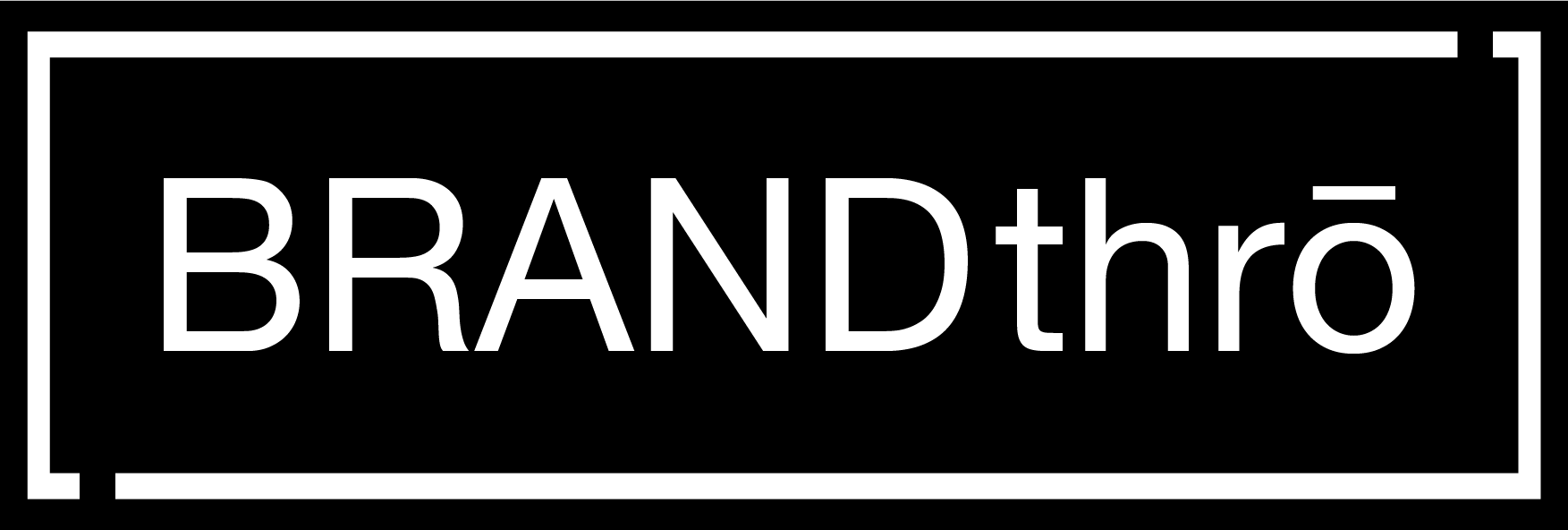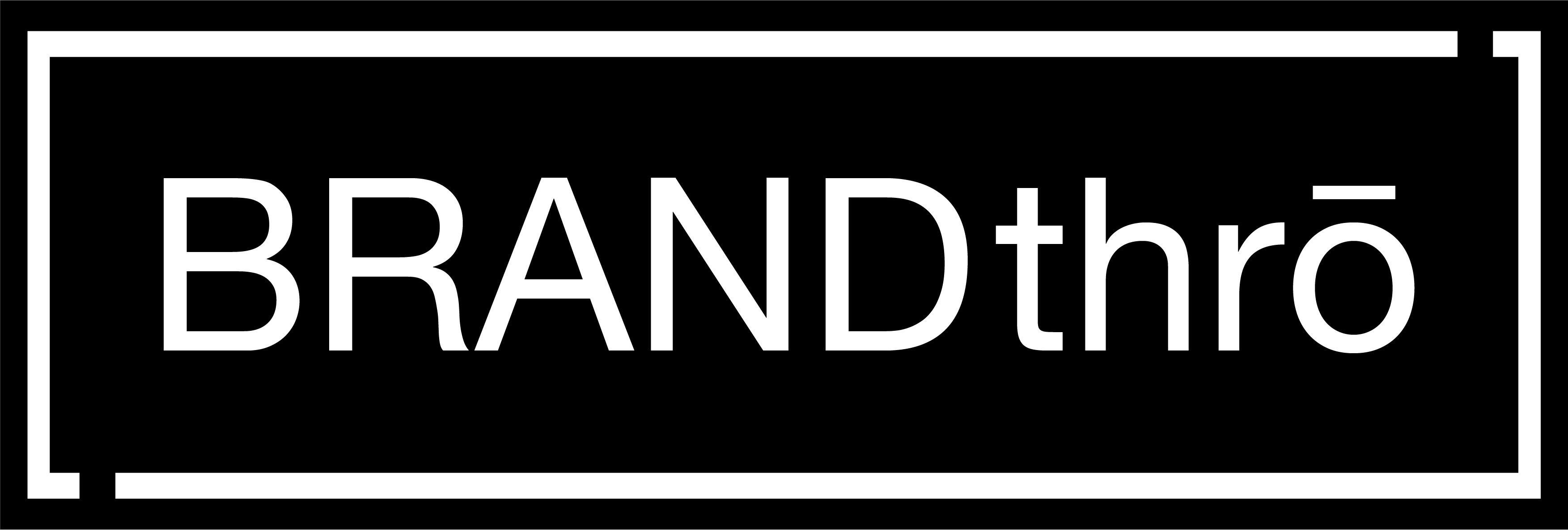A Conversation with Pinterest’s Zak Kirchner

A Conversation with Pinterest’s Zak Kirchner on the Growing Need for Increased Emotional Intelligence + Neurodiversity to Drive Brand Growth
The democratization of insights will continue as brands spend more and more on consumer understanding, yet still struggle to know who they really are or what they want. To accelerate niche hypergrowth driven by a customer-first mind set, being able to use the insights function to action higher degrees of emotional intelligence will continue to be critical Additionally having intentionality and diversity of thinking around both gathering insights, and putting them into action, is an essential must.
For all these reasons, I wanted to speak to someone who shares my passion for next-gen approaches to insights and how strategies related to them need to continue to be increasingly sophisticated, while also being powered by sharper levels of brand eQ. For my latest column, I had the pleasure of speaking with Zak Kirchner, who is Head of Global Consumer Brand Research at Pinterest and an insights visionary and innovator. Following is a recap of our conversation:
Billee Howard: Pinterest has a very sophisticated and individualized approach to insights. Can you share the structure and the why behind it? How do you guys use insights to identify points of tension and authenticity to grow the brand?
Zak Kirchner: It really starts with one of our most important values – Putting Pinners First. Understanding Pinner behavior is critical to building nourishing experiences on Pinterest, identifying what’s trending and developing authentic and effective campaigns. Our research philosophy is to anchor our marketing team’s work to a foundational understanding of both our audience’s needs and the role that Pinterest plays in people’s lives.
In order to deliver holistic insights that are both specific and actionable, we expect our researchers to draw insights from a number of datasets, starting with our first party data. One of Pinterest’s greatest strengths is that people usually come to us with an intention or idea early in their planning process. Those early planning signals not only help us understand their needs and mindset, but they also enable us to identify trends and points of tension earlier than most brands. The trends that we publish in our yearly Pinterest Predicts report bring those rapidly shifting points of tension to life and are critical to the success of our work.
We then build on those foundational first party data insights with survey data, qualitative research, and social listening to align our teams behind strategies that move the needle on our business goals. It requires our team to be strong, multidisciplinary researchers. There was a point in my career where I started worrying if I was becoming a jack of all trades, but Pinterest has helped me realize it’s one of my greatest strengths as a researcher and leader.
Howard: I am a strong advocate of reimagining traditional segmentation and the way we look at demographics. You agreed. Can you tell me why and some ways brands can work to innovate here?
Kirchner: We often default to talking in terms of demographic segments because they’re standardized and easier to measure overall, but they oversimplify all of the diversity there is within each demographic segment in terms of their values, mindset, and behavior. They can also feel limiting in their static nature because they capture an audience at a single point in time. The key to breaking that cycle is to integrate segmentations as deeply as you can into your ongoing research plans because just one 15-minute survey isn’t enough to completely understand your audience.
One step that I would like to see brands innovate in this space is to align the segmentation inputs with your company values to identify groups of people with the most natural alignment to your brand. Pinterest is the home of inspiration, so it’s important for us to understand how our audiences think about inspiration, discover new ideas, and evolve their personal style or aesthetic. While segmentations are often an exercise of putting people into buckets, we do our best to think about our audiences as whole people.
Howard: Your team recently did some work on positivity with UC Berkeley. Can you tell me about it and perhaps tie it to the growing need for emotional intelligence within brands?
Kirchner: Our mission is to bring people the inspiration they need to create a life they love, so we’re really focused on optimizing our product for positive outcomes that add meaningful value to people’s lives and bring out the best in us. At this point, I think most people recognize that not all social media has been a positive influence on our lives. We believe that optimizing for positive outcomes, and not merely view time or engagement, will help ensure our product experience can deliver on our mission.
We partnered with UC Berkeley’s Greater Good Science Center to explore the relationship between inspiration and wellbeing. That study showed that interacting with inspirational content on Pinterest was linked to improved emotional wellbeing, physical health, and feelings of social connectedness among the Gen Z participants. We’ve also learned from other research that positive experiences online put people in a growth mindset, where they are more likely to try new things. As our industry aims to build more emotionally intelligent brands, understanding the outcomes that people experience using a product becomes critical in that mission.
Howard: Neurodiversity is becoming more and more important within organizations and we talked broadly about DEI overall. You mentioned different ways Pinterest approaches inclusion via an inside/out model. Can you tell me more about that and how it has impacted both the brand and you personally?
Kirchner: One of the things that drew me to a career in market research was the idea of being the voice of the customer within an organization, and there’s definitely a responsibility to make sure that voice is unbiased and representative of the people you’re trying to understand. One of our company values is to Create Belonging, which speaks to the intentionality that is required to create inclusive environments and processes, and we look to apply that principle in a number of different ways as researchers. The most helpful resource for me has been a set of inclusive research principles that researchers and analysts across Pinterest developed to anchor our work. I have the principles pinned to a board on the wall behind my desk so it’s easy to remind myself each day to look for incremental opportunities to make our work more inclusive and representative of our diverse audience.
For me personally, the inclusive culture that we established on the brand research team and within Pinterest overall gave me the confidence I needed to be more open with my manager and team about my ADHD. My ADHD has definitely held me back at different points in my career, but I slowly learned that the more I tried to hide or fight it, the more tired and burned out I became. I wasn’t diagnosed until after I graduated college and I’m lucky I found an ADHD coach a couple years ago who helped me appreciate the strengths that it’s given me. My ability to quickly recognize patterns in large sets of data and connect insights across different datasets has helped me be a more effective multidisciplinary researcher. The hyperfocus that I can tap into helps me produce a lot of work very quickly, especially under tight deadlines. I also think that my self-awareness of what grabs and holds my own attention has helped sharpen my judgment for what will resonate in creative testing and which key findings deserve to be elevated into the topline report summary.
Embracing this part of myself has helped me ensure I have the right mix of structure and flexibility that I need to reach my potential, but there are a lot of really smart and talented neurodiverse people out there who don’t have similar support. I’m glad the conversation around mental health and wellness has evolved in recent years, and I hope we continue to normalize creating work environments where neurodiverse people can thrive.




